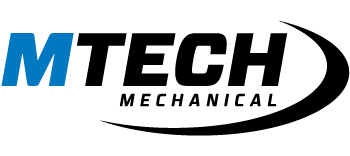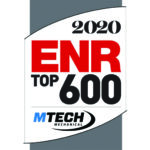Keep Drain and Sewer Maintenance Top of Mind
Professional Drain & Sewer Maintenance is a Frame of Mind

When we think of a sewer or drain line, we all want to believe that what goes down the drain is no longer our problem. This belief that it’s “not our problem” once it is out of sight could not be further from the truth. What we put down the drain has just as much impact to the health of a plumbing sewer system as someone maintaining their drain lines. Below are some scenarios, as well as some best practices, to avoid costly repairs to your facility in the future.
In 2016, Colorado passed an act to reduce water consumption rates for toilets – this required all toilets to be 1.28 gallons per flush, previously 1.6 GPF. The water conservation act also has encouraged manufacturers to limit the flow of water through their faucet designs – this is very important to understand as a sewer system operates best with a healthy amount of water flow. Water flow assists with the carrying of solid waste away from your building and into a much larger city main line.
Consumer products, such as pre-moistened towelettes, can have a tremendous impact to a sewer system, causing significant backups to sewer lines especially when the facility has been fitted with water conserving fixtures. Drain clearing products are marketed very well and can be an effective way to quickly clear a drain. However, what is not explained is the potential environmental impact a product can have or the damage that a product can have to the sewer system. There are many products that will eat away at the actual piping or accelerate erosion of a system, causing failures and costly repairs. It’s crucial to let any tenants or homeowners know the harm of these products.
A kitchen drain line is not a garbage can! A byproduct of cooking often is grease waste. Grease waste is the No. 1 contributor to a back-up in a kitchen sink and a close second is a jammed garbage disposal. Ensuring that tenants properly dispose of grease waste is very important. As grease waste enters a sewer line, it sticks to the inner wall of the piping. This reduces the pipe diameter over time translating to an under-sized sewer system. If ignored, this will cause a backup – usually at the worst time. In a busy restaurant, food processing facility or other similar business, you’ll find that grease and other organic matter can build up quickly and must be cleared immediately.

The best solution to ensure a waste system stays in tip-top shape is to be mindful as to what goes down the drain. Avoid the new products that come out on the marketplace that can have a negative effect on the sewer system. Utilize conventional methods for clearing drains. If you see a product you must try, check with your local professional and get educated on the negative impacts of that product as well as how it could impact your sewer system.
At MTech, our plumbing and drain professionals have the expertise and special equipment needed to address a full range of commercial, industrial and multifamily plumbing and drain cleaning services. Having a routine check of the sewer system can give peace of mind that you are doing everything right. Routine camera inspections are a good way to deter-mine whether you “stay in your lane” or make a change and cable, or jet, a sewer line. Keeping on top of this is just as important as trimming a large tree limb hanging over the property or changing the oil in your automobile; these are things we as consumers do not even question, we just do it.
To schedule a drain cleaning, Call 303 650 2882 or email us at plumbingservice@mtechg.com.
Read the Entire Article and more from CREJ Property Management Quarterly Here.




